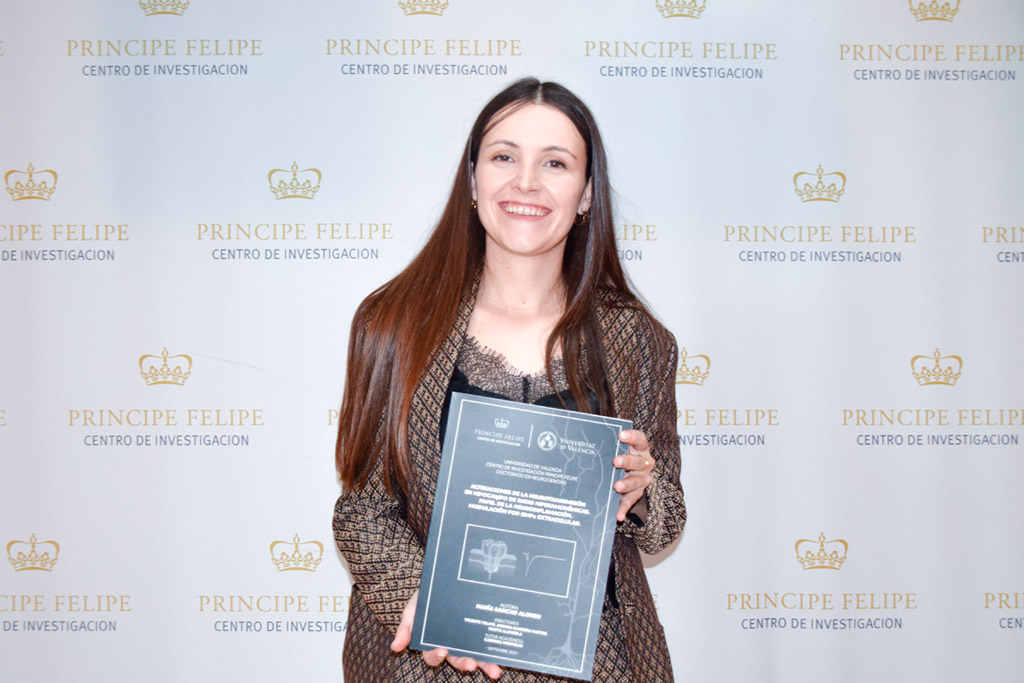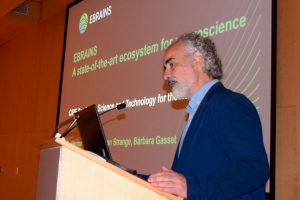Defensa de Tesis Doctoral: “Alteraciones de la neurotransmisión en hipocampo de ratas hiperamonémicas. Papel de la neuroinflamación. Modulación por GMPc extracelular.”
Doctorando: María Sancho Alonso
Directora: Vicente Felipo, Andrea Cabrera Pastor, Marta Llansola
Defensa: 17 de diciembre de 2021, 9:30 h
Hepatic encephalopathy (HE) is a neuropsychiatric syndrome caused by liver disease. Liver failure leads to hyperammonemia (HA) and inflammation, which act synergistically to induce neuroinflammation which alters neurotransmission leading to cognitive and motor impairment. Our group showed that increasing extracellular cGMP improves neuroinflammation and cognitive and motor impairment in hyperammonemic rats. However, the mechanisms involved in these processes remain unclear.
In this doctoral thesis we show, using multielectrode array, that chronic hyperammonemia reduces the response of AMPA receptors in hippocampus, whereas increases NMDA receptors mediated response. We also show that increasing extracellular cGMP reverses the alterations in amplitude in AMPA and NMDA Evoked Postsynaptic Potentials.
We also show that hyperammonemia increases GABAergic neurotransmission in hippocampus, analyzed with multielectrode array, and that two main mechanisms contribute to increased GABAergic tone: 1) the increased concentration of extracellular GABA in hippocampus, which would be a consequence of reduced membrane expression of the GABA trasnsporters GAT-1 and GAT-3 and 2) the increased membrane expression of the α1, α2, γ2, β3 and δ subunits of GABAA receptors, which in turn would be due to increased levels of gephyrin and increased phosphorylation of the β3 subunit. All these changes induced by chronic hyperammonemia are reversed by increasing extracellular cGMP.
We also demonstrate that increased GABAergic neurotransmission in the hippocampus of hyperammonemic rats is a consequence of neuroinflammation. In hyperammonemia enhanced S1PR2 receptor activation increases IL-1β levels leading to higher CCl2 production which promotes microglial activation and BDNF production. The increase in BDNF levels is the main responsible for astrocytes activation and for increased GABAergic neurotransmission in hippocampus of hyperammonemic rats.
In conclusion, hyperammonemia alters glutamate receptor function and increases GABAergic tone in hippocampus, which is a consequence of neuroinflammation. Treatments that increase extracellular cGMP would normalize glutamatergic and GABAergic neurotransmission and improve cognitive function in hyperammonemia and Hepatic Encephalopathy.





